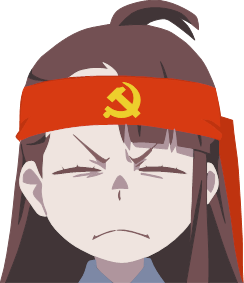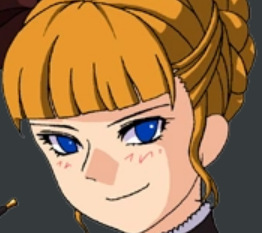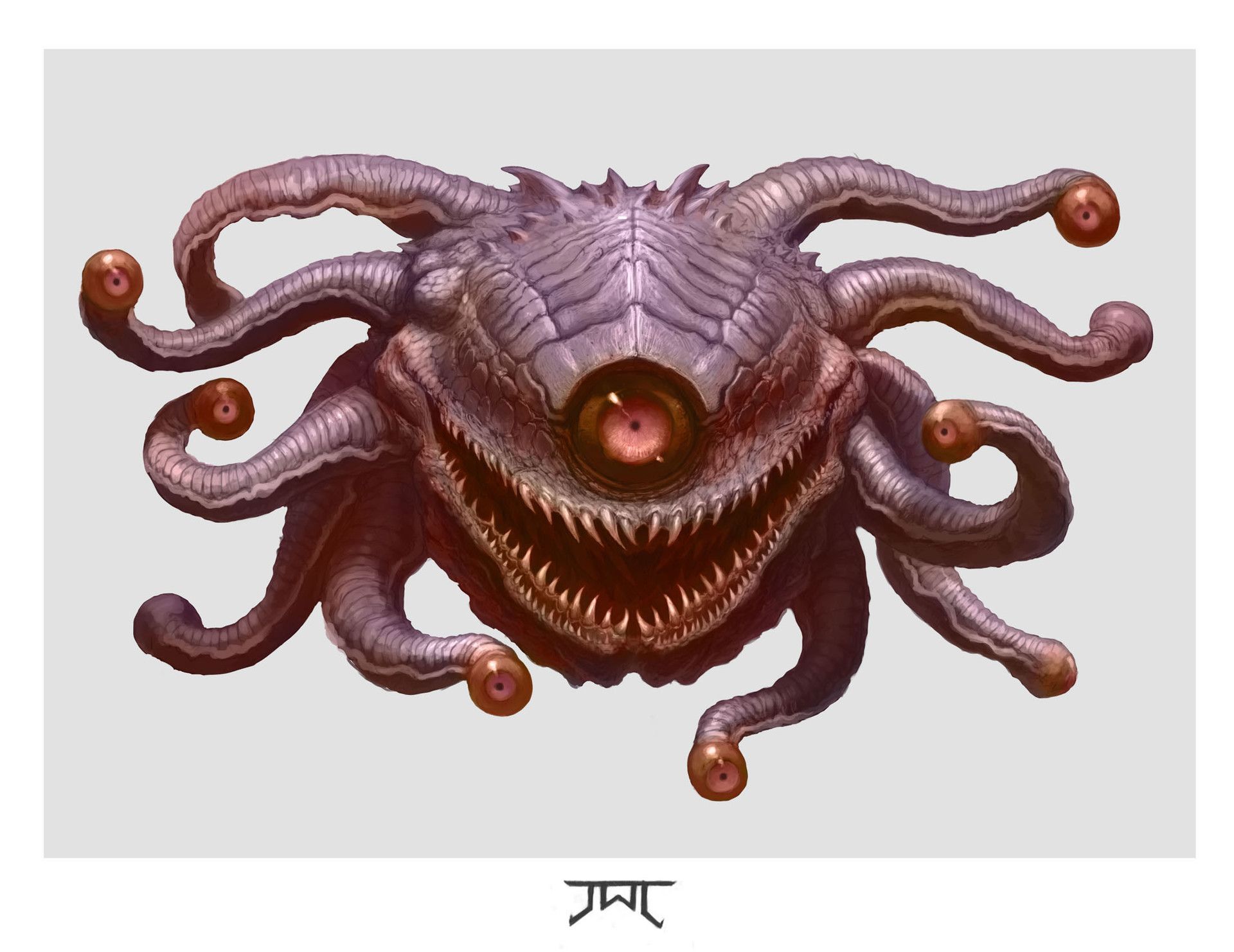This thesis investigates Japan’s normalization of pedophilia via the proliferation of popular culture and media. This analysis will begin by looking at historical examples of pedophilia, specifically focusing on chigo in Medieval Japanese Buddhism, wakashu in Edo Period pleasure quarters, and the spread of soft power diplomacy after World War II.
This phenomenon will also be viewed in the modern context by discussing lolicon in Japanese media and advertising, idol culture in the Japanese music industry, the JK business, and “real” child pornography. The ways that Japan benefits from this culture economically and politically will also be investigated.
Finally, this thesis will take into consideration the opinions of those who do not see these media forms as morally reprehensible, and consider the ways this phenomenon may or may not endanger children in real life.
Currently reading through this. Thought I’d share.
I hope this is an undergrad thesis because the scholarship is pretty poor. The writer fails to draw a solid through line from Chigo to present objectification of children. The focus on “A Long Tale for an Autumn Night” seems very out of place as it doesn’t look too prevalent a story in Japanese culture. It only garners a stub class article on Japanese and English wikipedia, which doesn’t even appear on the first page of google results. A better touch point might be the Tale of Genji, which is widely popular and known, and involves a subplot of the main character grooming and raising up a child to be his eventual wife.
The mistranslation of JK as “the girlfriend experience” is fairly egregious. It’s short for Joshi Kosei (high school girl). I could have forgiven mistranslating enjo kosai as “the girlfriend experience” but even better would have been to avoid GFE at all since that term has an existing connotation in English prostitution culture that likely doesn’t translate into the Japanese industry, and certainly not in this specific niche.
The segment on the idol industry is pretty good, probably thanks to the previous scholarship that went into the documentary, Tokyo Idols, which the author leans heavily on.
The history of lolicon in anime and manga is not as good. The emergence of youth culture and arrested development as a worldwide phenomena is a better explanation and better fits the timeline for the emergence of lolicon in the 70s, rather than as a response to Japanese occupation already 25-30 years underway.
Her exploration of anime really suffers from her ignorance of the industry and fandom. Pointing to the popularity of shows like " Neon Genesis Evangelion, No Game No Life, Seven Deadly Sins, and Miss Kobayashi’s Dragon Maid" as exporting Japanese lolicon culture is almost hilarious. NGE and Seven Deadly Sins are targeted at a teen audience and aren’t nearly all the characters in Miss Kobayashi’s Dragon Maid adults? Very sad.
But at least the author turned me on to Young Sex For Sale In Japan. I’ve not watched it all but those first five minutes are intense and make the recently outlawed JK Cafe industry look a whole lot seedier than the Vice News exploration of the topic. I am eager to hear the interview with the chaku ero producer mentioned in the thesis as I had previously figured the industry would want to separate the making of chaku ero videos and the production of U-15 idols for the sake of not appearing overtly exploitative.
Anyway, this has been a nice distraction from my thesis on how the sexualized presentation of teens on the Disney Channel and Nickelodeon is the root cause of child prostitution in America and how My Little Pony lead to an explosion in bestiality across the midwest.
aren’t nearly all the characters in Miss Kobayashi’s Dragon Maid adults?
i agree with a lot of your other criticism, but i will say that kobayashi’s dragon maid does have multiple lolicon characters it’s incredibly horny about
Is that true? I didn’t realize since I’ve only caught a couple episodes as my radlib daughter watched. I’d have thought she would drop it if there were any seriously problematic characters.
The young boy Shouta is constantly thrown into sexual situations with the adult big-titty dragon and he wants nothing to do with her. It’s super molesty and gross as hell.
One of the magazine’s artists, Amagappa Shojogun, stated in a tweet that he was ironically told to draw characters around the age of nine, as the previous images he had drawn with girls around the age of eight were too young looking
:wut:
“Yeah I want to bone children but come on man have some decency”




